Want to master the abdominal pull down? This exercise is key for developing your ab muscles. We’ll guide you through the proper technique and help you avoid common mistakes.
Key Takeaways
-
Optimize your setup by adjusting the cable machine to head height and securing the rope attachment for maximum efficiency and focus during the abdominal pull down.
-
Engage your core effectively throughout the movement while maintaining proper form and a full range of motion for optimal results in muscle growth and definition.
-
Incorporate variations like the standing ab pulldown and kneeling cable crunch to keep your routine fresh and target your abs more effectively.
Setting Up for the Abdominal Pull Down

The foundation of a successful abdominal pull down starts with the right setup. Properly adjusting the cable machine to about the same height as your head ensures an optimal range of motion and muscle engagement, making it a crucial step for anyone aiming to maximize tension in their abdominal muscles.
Securing the rope attachment to the weight stack prevents disruptive noise, helping you stay focused and safe during your exercise.
Adjusting the Cable Machine
Set the pulley to about the same height as your head or slightly above for optimal ab pulldowns. Setting the pulley too low can alter the motion and reduce your ability to lift as much weight, affecting your performance. Conversely, if the pulley is set too high, the weight stack could smash into the top of the machine halfway through the movement, disrupting your exercise.
This adjustment is vital for optimal range of motion and muscle engagement.
Correct Rope Attachment
Securely fastening the rope attachment avoids unnecessary noise and distractions. A loose rope can cause disruptive noise, affecting your focus.
Properly securing the rope attachment ensures you can concentrate fully on engaging your core and performing the exercise correctly.
Executing the Abdominal Pull Down

Now that your setup is perfect, it’s time to execute the abdominal pull down. Begin by adjusting the machine to waist height and gripping the rope with both hands while keeping a slight bend in your elbows. Improper adjustment of the cable pulley height can prevent a full range of motion during the exercise.
Position your knees slightly bent and engage your core throughout the movement. A stable stance and controlled movement effectively target the core, while improper form can lead to ineffective workouts and potential injuries.
Remember, focusing on lifting heavy weights can detract from the primary goal of building strong abdominal muscles, so control is key.
Engaging the Core
Engaging the core properly is paramount for this exercise. Focus on tightening the rectus abdominis and hip flexors while avoiding reliance on the forearms or shoulders. Tightening the abdominal muscles before starting the pull down minimizes arm involvement, ensuring effective core engagement.
While the hip flexors do provide some support, their engagement should be minimized to maintain focus on the abdominal muscles. An incorrect grip can lead to slipping and less engagement of the abdominal muscles, hindering workout effectiveness.
Full Range of Motion
Full range of motion maximizes the effectiveness of the abdominal pull down. Pull the rope down until your elbows nearly touch your knees, ensuring maximum contraction of the abdominal muscles. Complete muscle engagement from full range of motion is crucial for achieving thick and blocky abs.
Optimal range of motion is achieved when the cable’s attachment point is at head height, effectively engaging the core.
Common Mistakes to Avoid
Even with the best intentions, common mistakes can derail your progress. Before you start your workout, ensure the cable machine is on a stable surface to prevent movement during use. A proper setup enhances the effectiveness and safety of ab pulldowns.
Double-checking the attachment helps prevent the risk of detachment and injury during the workout. Overloading with weight can cause reliance on momentum rather than muscle control, risking injury and poor form.
Incorrect Hip Position
Proper hip position minimizes hip flexor involvement, reducing strain on these muscles. A low pulley height can limit the exercise’s effectiveness and reduce overall muscle engagement.
Contracting the abdominal muscles throughout the exercise maximizes effectiveness and minimizes strain on all the muscles.
Using Too Much Weight
Excessive weight can compromise form and effectiveness. If the pulley is positioned too low, it can alter the movement dynamics and limit weight lifting capability. Choosing the right weight is crucial for building thick and blocky abs rather than just lifting the maximum weight.
Controlled movements with appropriate weight efficiently target the abdominal muscles. The ultimate goal is to achieve a stronger core that contributes to thick and blocky abs through proper technique.
Poor Grip Technique
Poor grip technique can cause forearm fatigue, causing forearm fatigue and slipping. Setting the pulley too high risks having the weight stack collide with the machine during the exercise, which can lead to accidents and affect performance.
Proper grip placement on the rope maximizes muscle engagement during abdominal pull downs. Adjusting the cable machine’s height correctly helps in maintaining ideal grip and enhancing control throughout the move.
Securely place your hands on the rope with a firm grip to prevent slipping.
Benefits of the Abdominal Pull Down

Including abdominal pull downs in your workout routine offers numerous benefits. This exercise enhances overall core strength and muscle definition, contributing to better balance and stability in various physical activities. It benefits individuals focused on core strength, fat loss, and muscle definition.
Abdominal pull downs can enhance core stability and strength. The primary muscle activated during the abdominal pull down is the rectus abdominis, which plays a crucial role in stabilizing the torso. Incorporating this exercise into your training regimen can improve core strength and athletic performance.
Building Thick and Blocky Abs
Progressive overload during abdominal pull downs is key to building thick and blocky abs. This principle increases muscle size and achieves a more defined midsection. Incorporating heavier weights during abdominal pull downs contributes to muscle growth in the abdominal region.
Progressive overload increases muscle size and density in the abdominal region, helping you achieve blocky abs.
Enhanced Core Strength
One key benefit of abdominal pull downs is enhanced core strength. This exercise significantly enhances core stability, which is crucial for overall athletic performance. Proper core engagement involves tightening the abdominal muscles while keeping the lower back stable to avoid strain.
Activating the core effectively requires maintaining a neutral spine to prevent strain on the lower back while focusing on the rectus abdominis. Strength athletes benefit from improved core stability through abdominal pull downs, crucial for supporting heavier lifts.
Improved Posture
Abdominal pull downs enhance posture by strengthening the core muscles that support the spine. Strength athletes can benefit from abdominal pull downs as they help improve posture and enhance performance during heavy lifts.
Abdominal pull downs can significantly improve core aesthetics and contribute to better posture.
Muscles Targeted by the Abdominal Pull Down

The abdominal pull down primarily targets the rectus abdominis for spinal flexion. This exercise also effectively targets the upper abdominals and serratus muscles. Effective spinal flexion during the exercise requires proper engagement of the rectus abdominis.
Setting your hips too low or high can disrupt the natural movement needed to effectively target the abdominal muscles. Correct hip positioning ensures the exercise targets the abs and not the hip flexors.
Rectus Abdominis
The rectus abdominis flexes the spine, contributing to a well-defined abdominal appearance. This ab muscle is crucial for achieving the ‘six-pack’ appearance through its central role in flexing the spine.
Strengthening the rectus abdominis through abdominal pull downs helps achieve a defined six-pack appearance.
Hip Flexors
Minimal activation of the hip flexors during the abdominal pull down maintains proper form and avoids strain. Correct hip positioning targets the abdominal muscles more effectively and reduces hip flexor involvement.
Who Should Include Abdominal Pull Downs
Abdominal pull downs are suitable for all fitness levels, accessible for both beginners and advanced athletes. Especially beneficial for those looking to enhance their core strength and stability, this exercise should be a staple in your workout regimen.
Strength Athletes
Stronger abs support better performance in compound lifts like squats and deadlifts, reducing injury risk for strength athletes. Progressive overload through abdominal pull downs helps in building thick and blocky abs, enhancing overall muscle growth.
Controlled movements with appropriate weight effectively target ab muscles, avoiding the mistake of lifting the entire stack. This exercise offers significant advantages for improved core strength and aesthetics.
Bodybuilders
For bodybuilders, abdominal pull downs effectively achieve muscle definition and promote hypertrophy in the core region. This exercise aids in achieving muscle definition and hypertrophy specifically in the abdominal area.
Bodybuilders use abdominal pull downs to enhance muscle definition and promote hypertrophy in the abdominal area.
Programming Abdominal Pull Downs

Adapt the volume and intensity of abdominal pull downs in your workout program based on your fitness goals.
Different variations of abdominal pull downs can enhance workout variety and target muscles uniquely.
Moderate Weight and Reps
Moderate weight with 8-12 repetitions promotes muscle hypertrophy and endurance. This rep range balances muscle development and enhances endurance, ideal for building thick and blocky abs.
Include 3-4 sets of 8-12 repetitions, using a weight that allows for controlled movements to avoid injury and ensure muscle engagement.
High Volume Training
To emphasize endurance and hypertrophy, high volume training is effective. High repetitions (15 or more) with reduced weight maintain constant tension on the abdominal muscles.
This approach increases muscle hypertrophy through sustained tension, with over 15 repetitions at lower weights effectively increasing time under tension for abdominal muscles.
Variations of the Abdominal Pull Down
Variations of the abdominal pull down keep your workout routine fresh and engaging. Different variations can target the abdominal muscles uniquely, enhancing overall core strength and definition.
Variations like the standing ab pulldown and the kneeling cable crunch offer new challenges and benefits.
Standing Ab Pulldown
The standing ab pulldown enhances balance and activates additional stabilizing muscles throughout the body. The upright position engages more muscles, promoting better core control and overall core strength.
Including the standing ab pulldown in your routine adds variety and increases the effectiveness of your abdominal workouts.
Kneeling Cable Crunch
The kneeling cable crunch focuses on achieving a deeper proper crunch and greater muscle contraction. This variation allows for a greater range of motion, facilitating more intense abdominal muscle contractions.
The increased range of motion enhances core muscle engagement, making the kneeling cable crunch a valuable addition to your ab routine.
Alternatives to Abdominal Pull Downs
Variety is crucial for your workout routine. Exercises like hanging leg raises and decline bench sit-ups can effectively engage the core, offering variety to your ab training.
These alternatives maximize core engagement and help you achieve your fitness goals. Diverse exercises improve overall abdominal strength and maintain motivation.
Hanging Leg Raises
Hanging leg raises improve overall abdominal strength, enhancing core stability and better performance in other exercises. Ensure the rope attachment is secure to prevent accidents.
Engaging the core is crucial; focus on the rectus abdominis and avoid using momentum to maximize effectiveness. Avoid using improper form or neglecting to engage the core, which can lead to injury.
Decline Bench Sit-Ups
Decline bench sit-ups enhance spinal flexion and core engagement. Utilizing gravity, this exercise promotes a greater core challenge. Decline bench sit-ups create a more intense workout for the abdominal muscles, making them an excellent addition to your ab training routine.
Summary
The abdominal pull down is a powerful exercise for anyone looking to enhance their core strength and achieve those sought-after thick and blocky abs. By setting up the cable machine correctly, ensuring proper form, and avoiding common mistakes, you can maximize the effectiveness of this exercise. Incorporating variations and alternatives keeps your workouts fresh and engaging, ensuring continuous progress. Remember, the key to success lies in consistency, proper technique, and a well-rounded approach to core training. Embrace these tips, and you’ll be well on your way to a stronger, more defined midsection. Now get out there and crush those ab workouts!
Frequently Asked Questions
What height should the pulley be set at for optimal performance?
For optimal performance, set the pulley at head height or slightly above. This will enhance your workout efficiency!
Why is proper grip technique important in abdominal pull downs?
Proper grip technique is crucial for maximizing muscle engagement and ensuring a secure hold during abdominal pull downs, which ultimately enhances your workout effectiveness and results. Focus on your grip to truly maximize your gains!
How can I avoid using too much weight in my abdominal pull downs?
To avoid using too much weight in your abdominal pull downs, concentrate on controlled movements with a manageable load to effectively target your abs without risking injury. Stay mindful of your form, and you'll see better results!
What are some effective variations of the abdominal pull down?
Incorporating variations like the standing ab pulldown for improved balance and the kneeling cable crunch for deeper muscle engagement can significantly enhance your core workouts. Embrace these techniques to take your abdominal training to the next level!
What are some alternatives to the abdominal pull down for core training?
Hanging leg raises and decline bench sit-ups are fantastic alternatives to the abdominal pull down, providing great core engagement while keeping your workouts fresh and exciting! Dive into these exercises for a stronger core today!







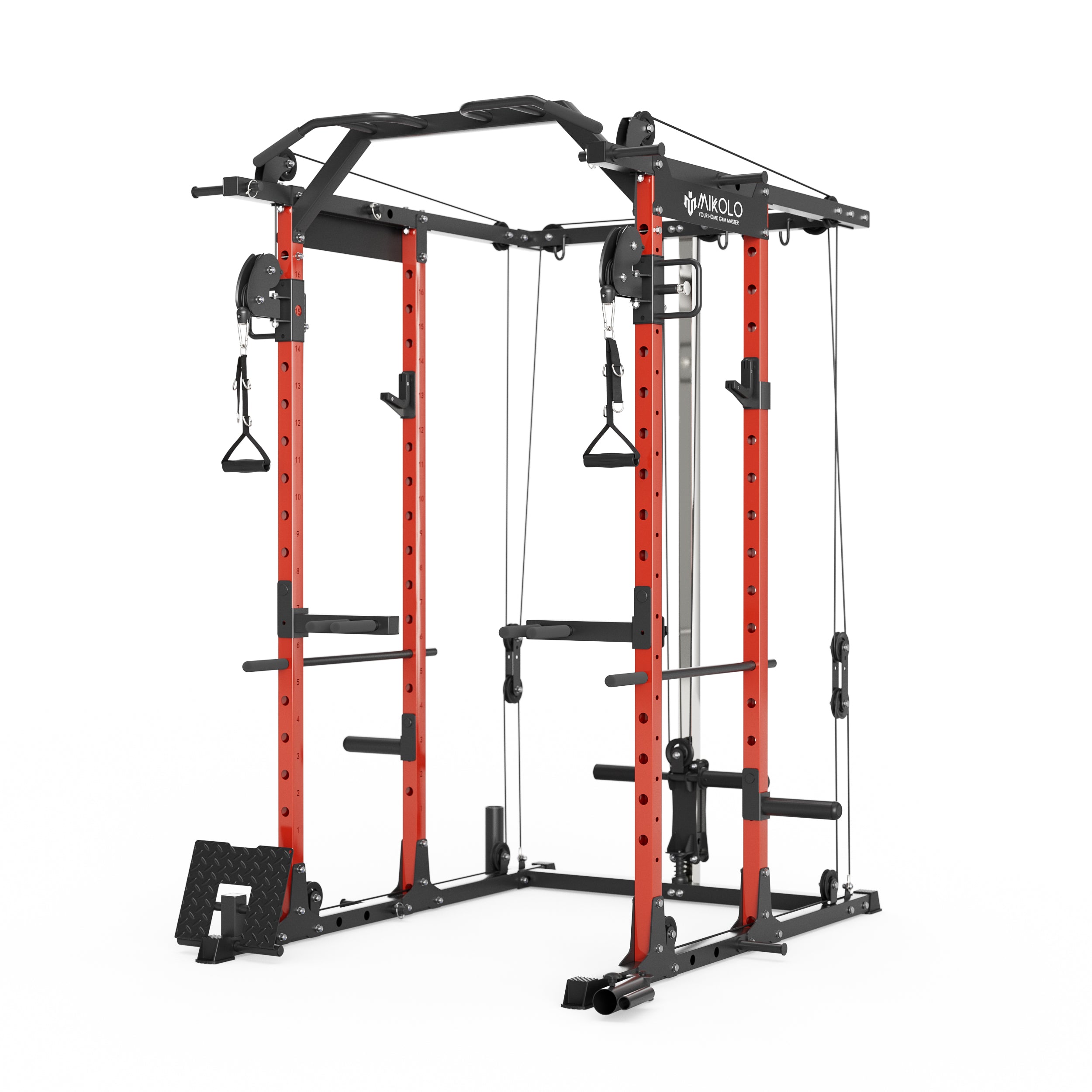
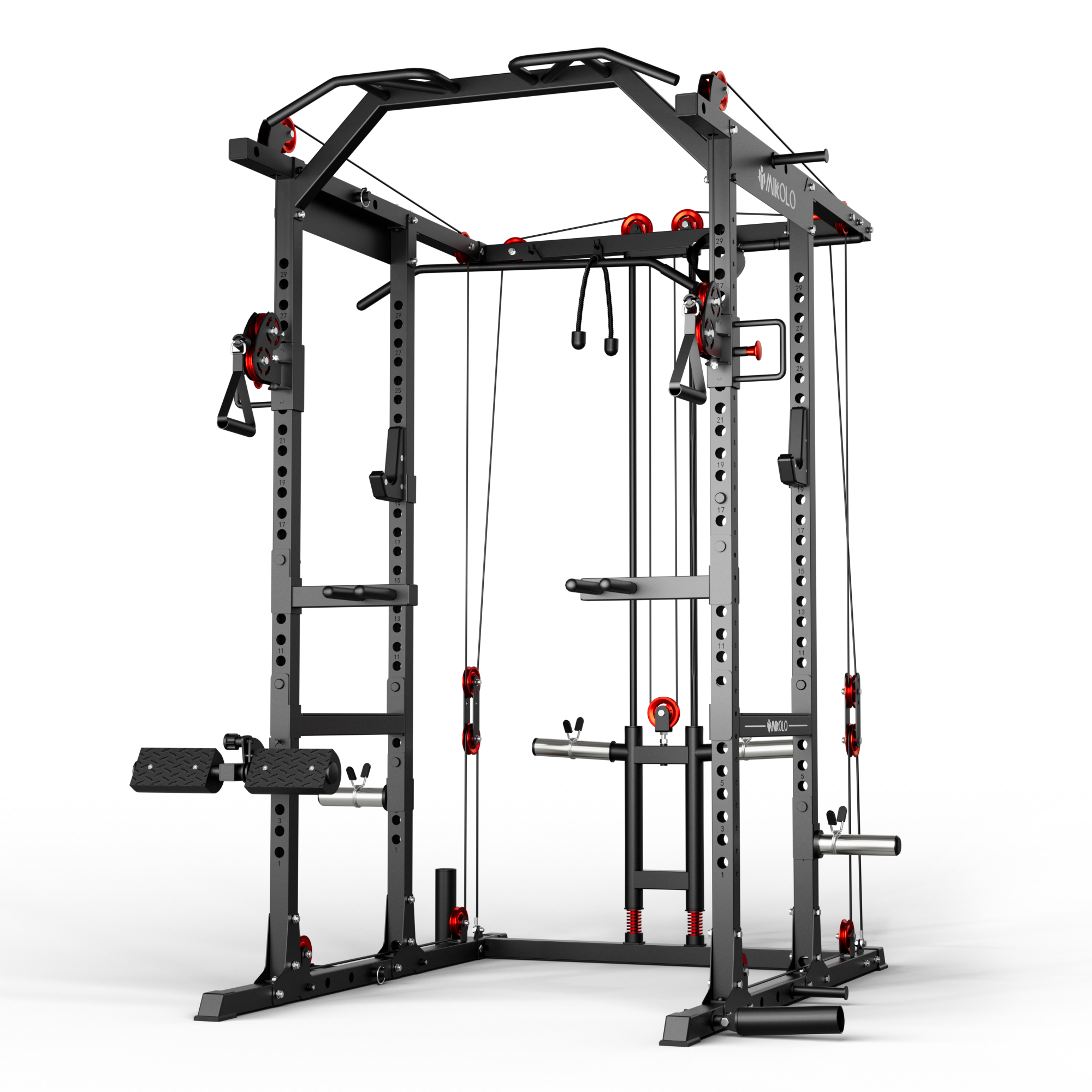

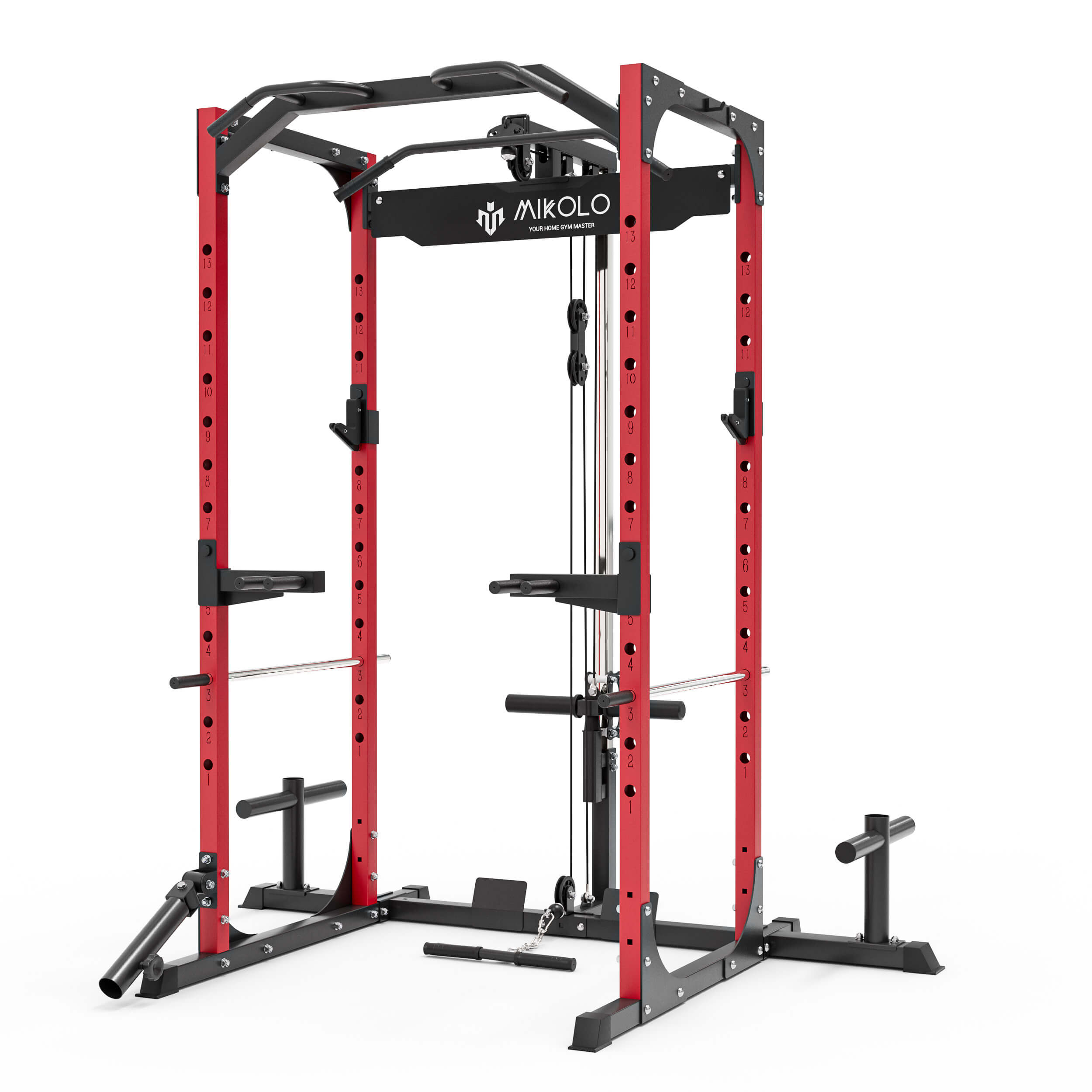



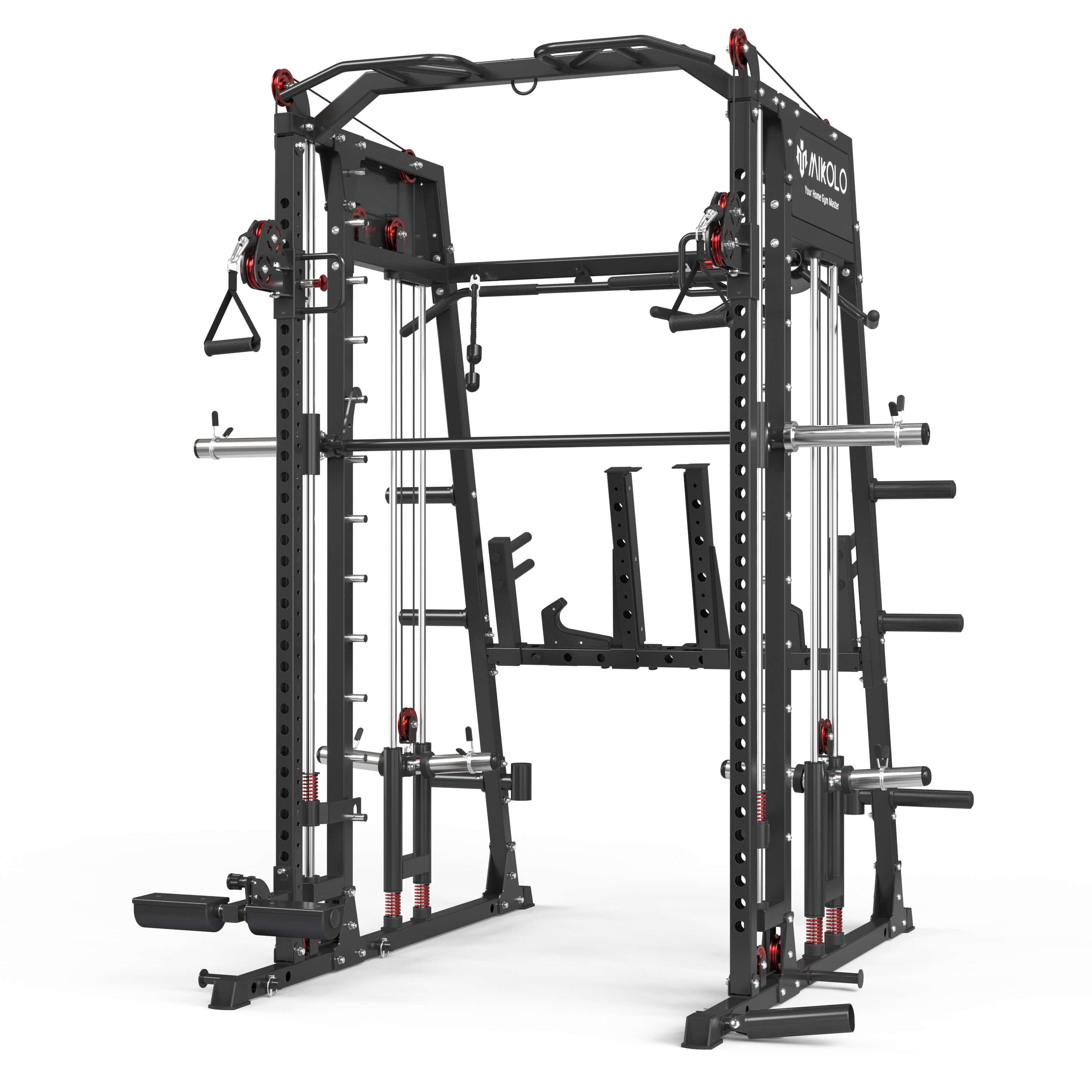


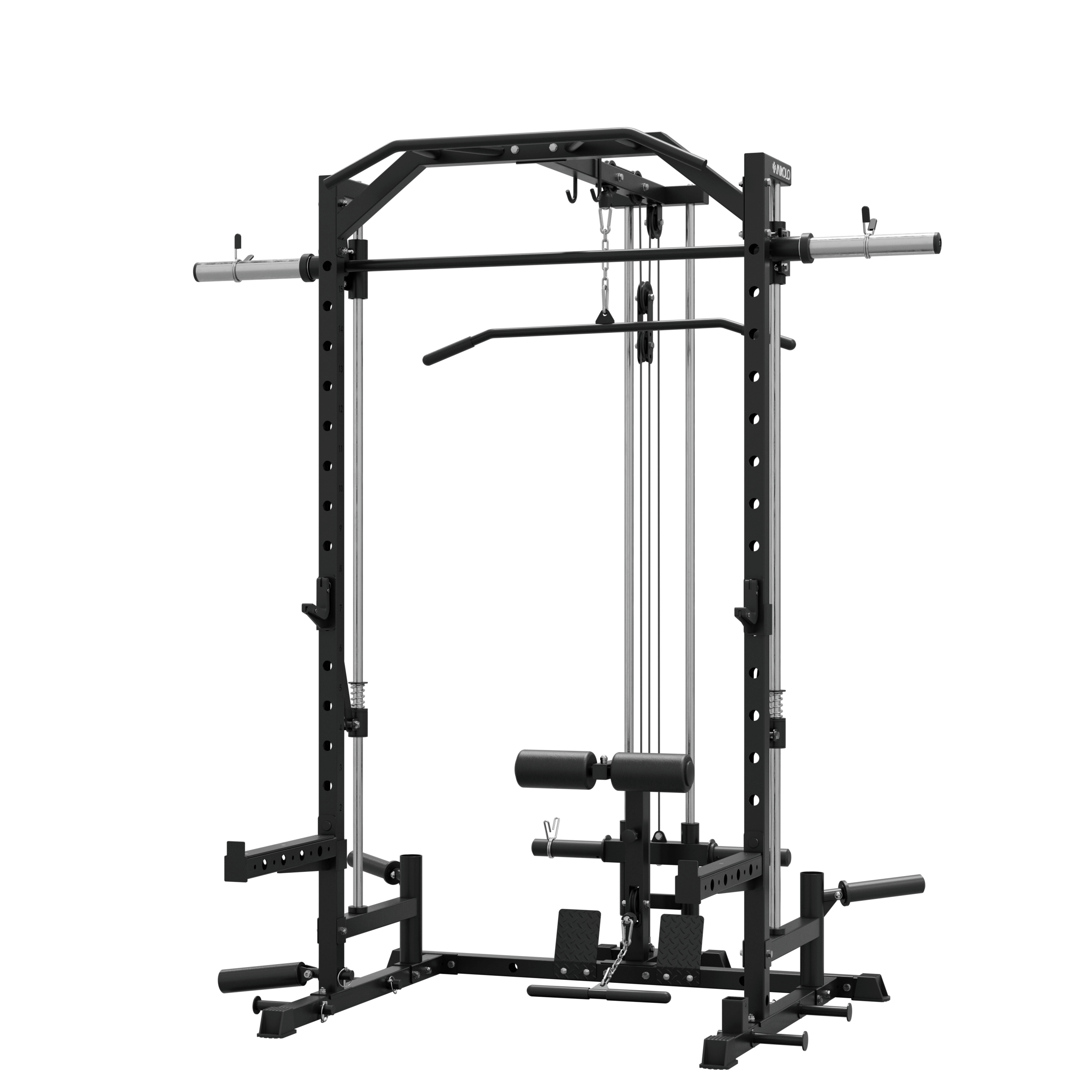
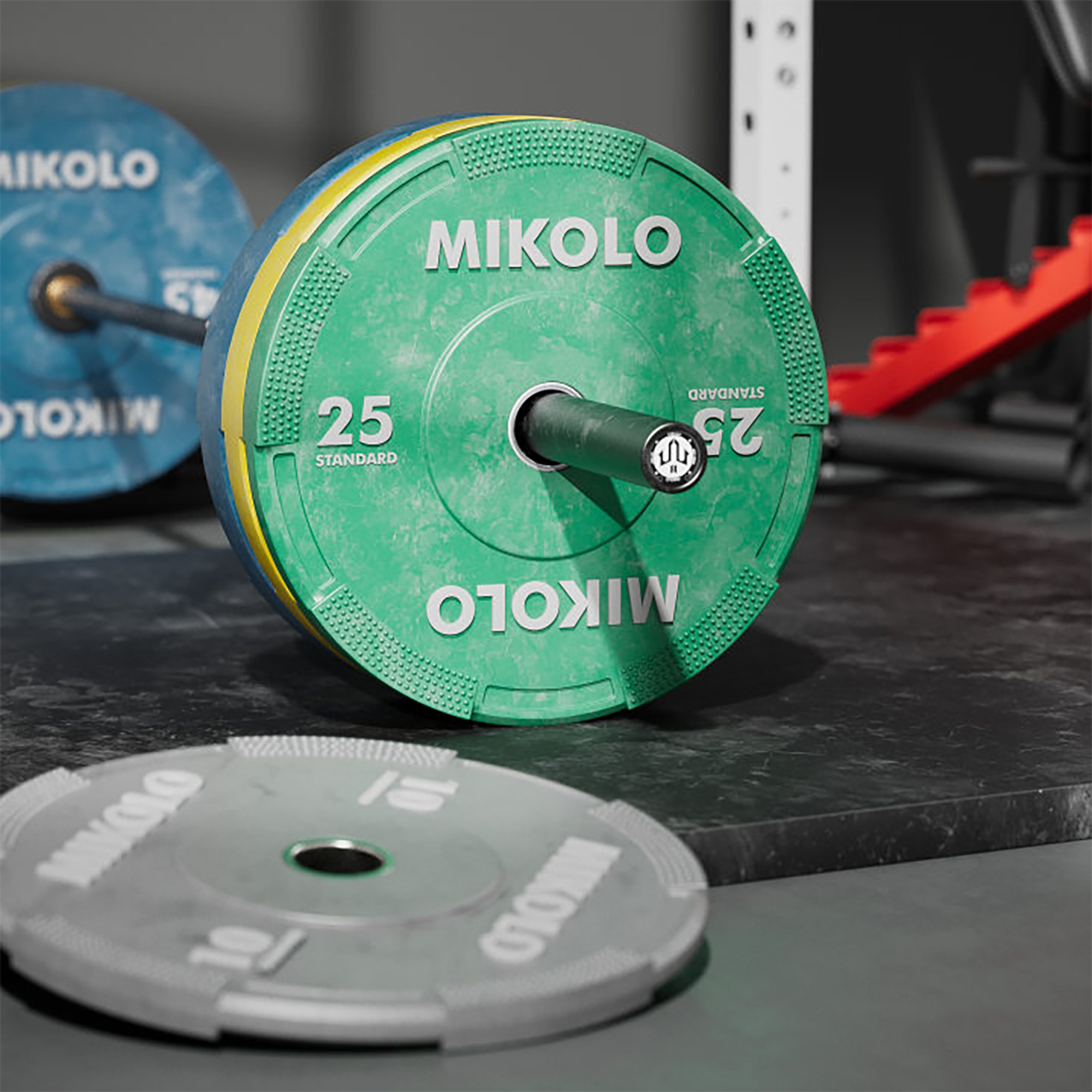






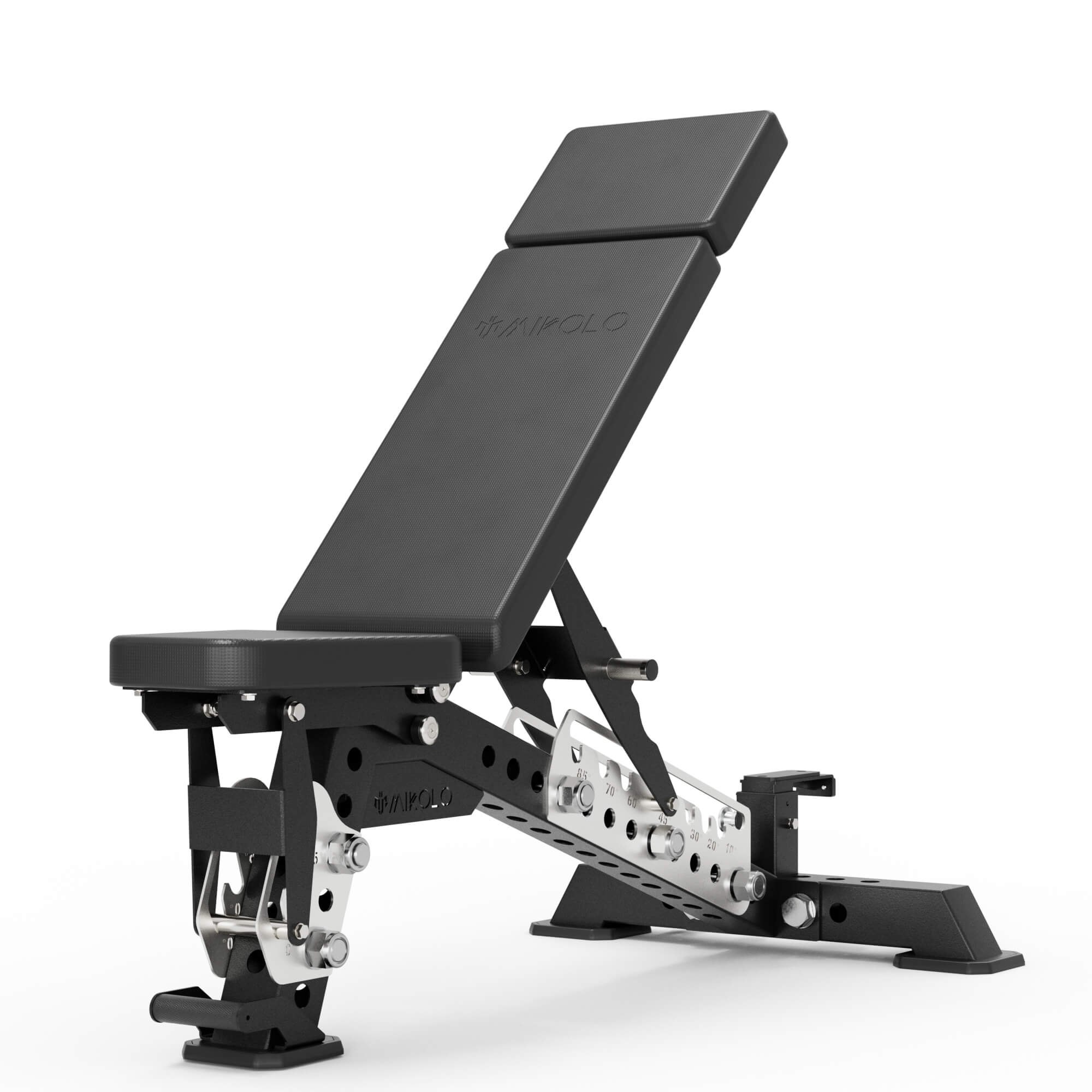
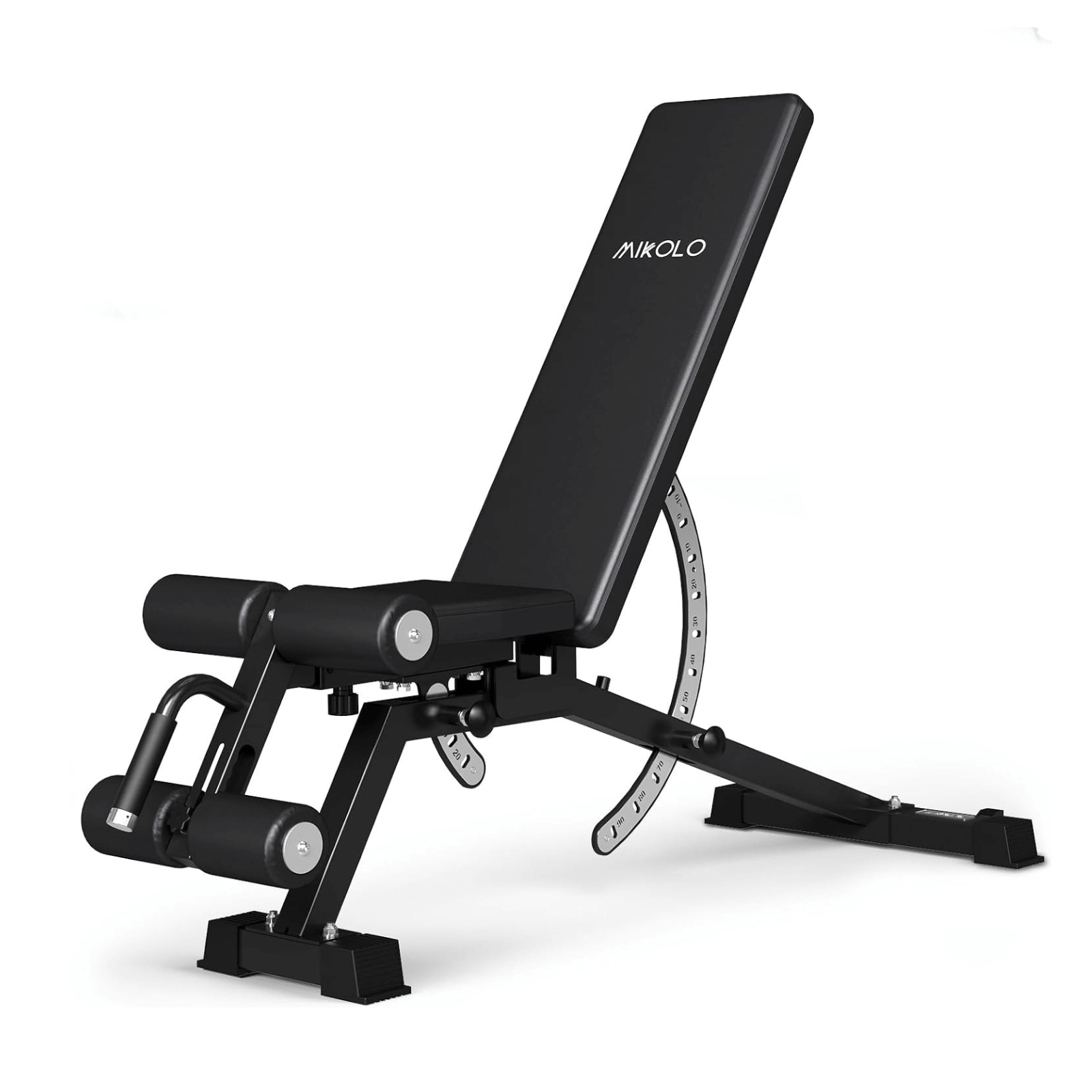




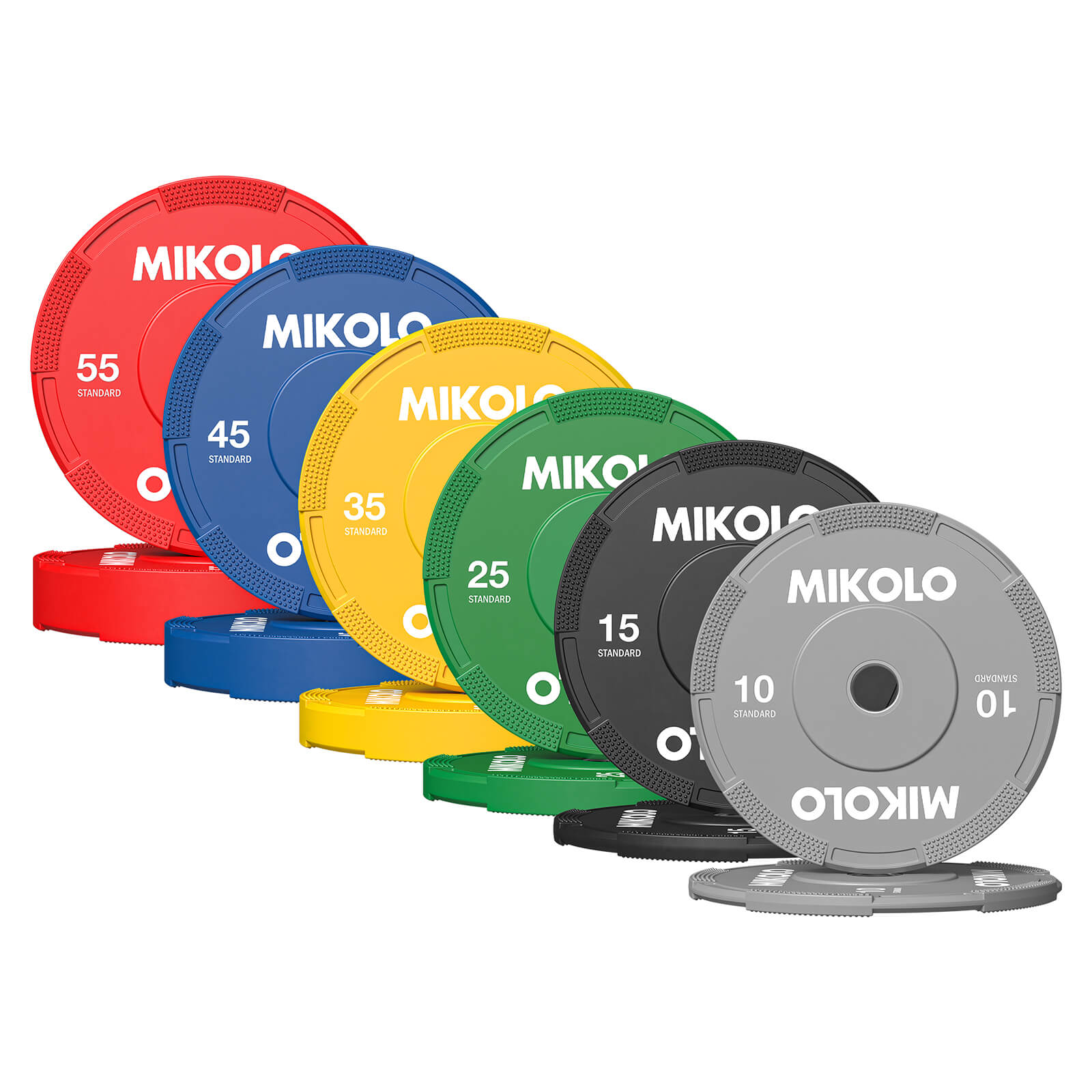
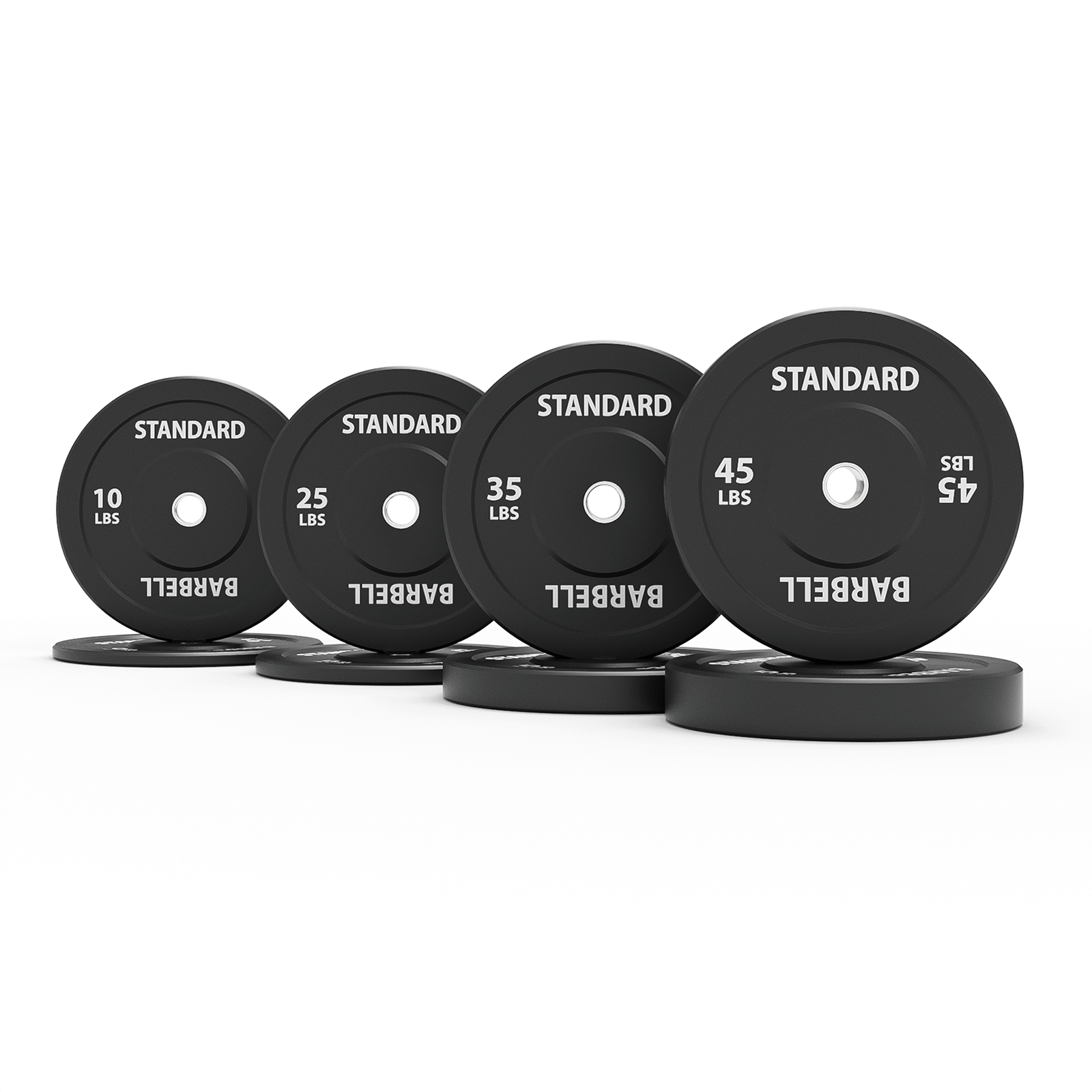
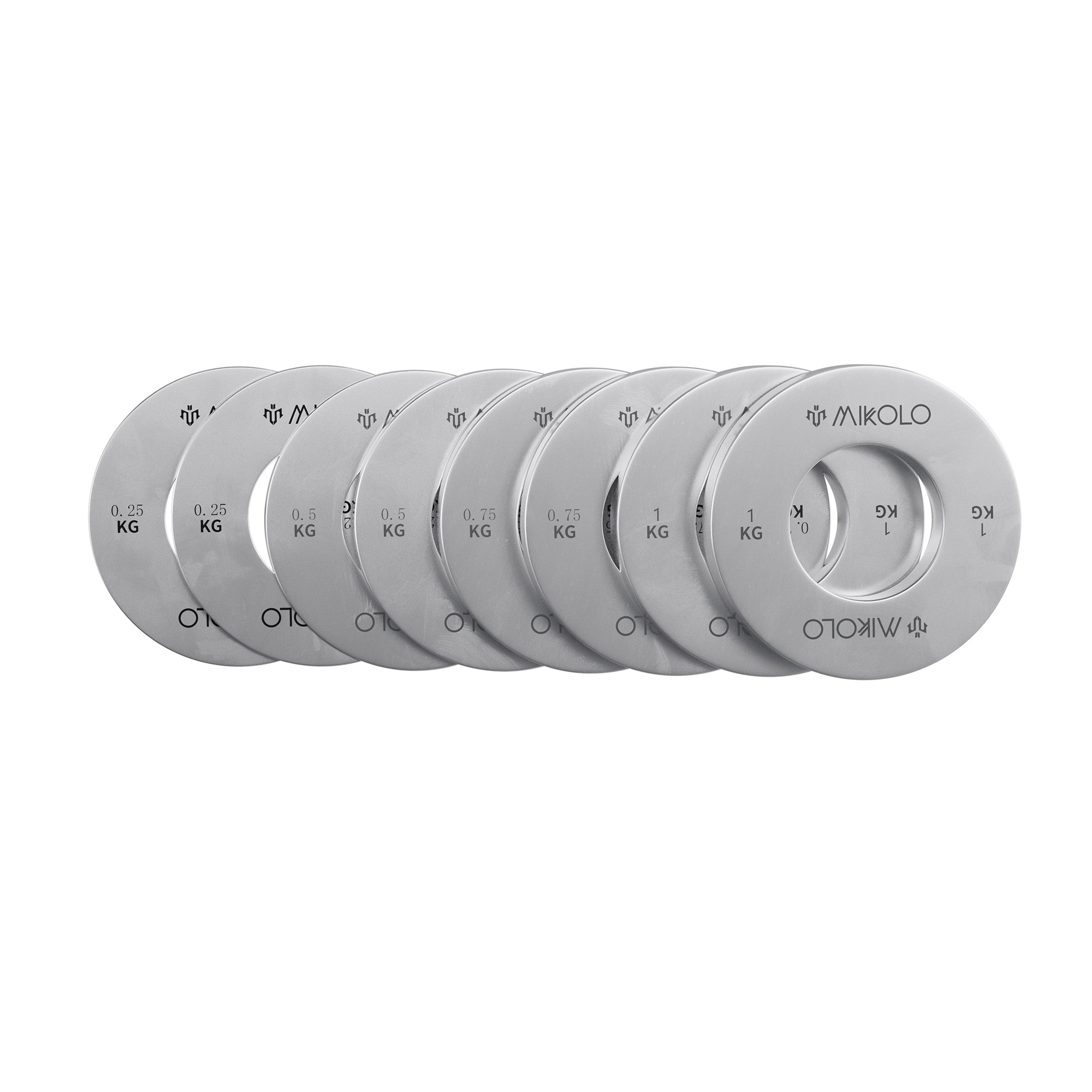
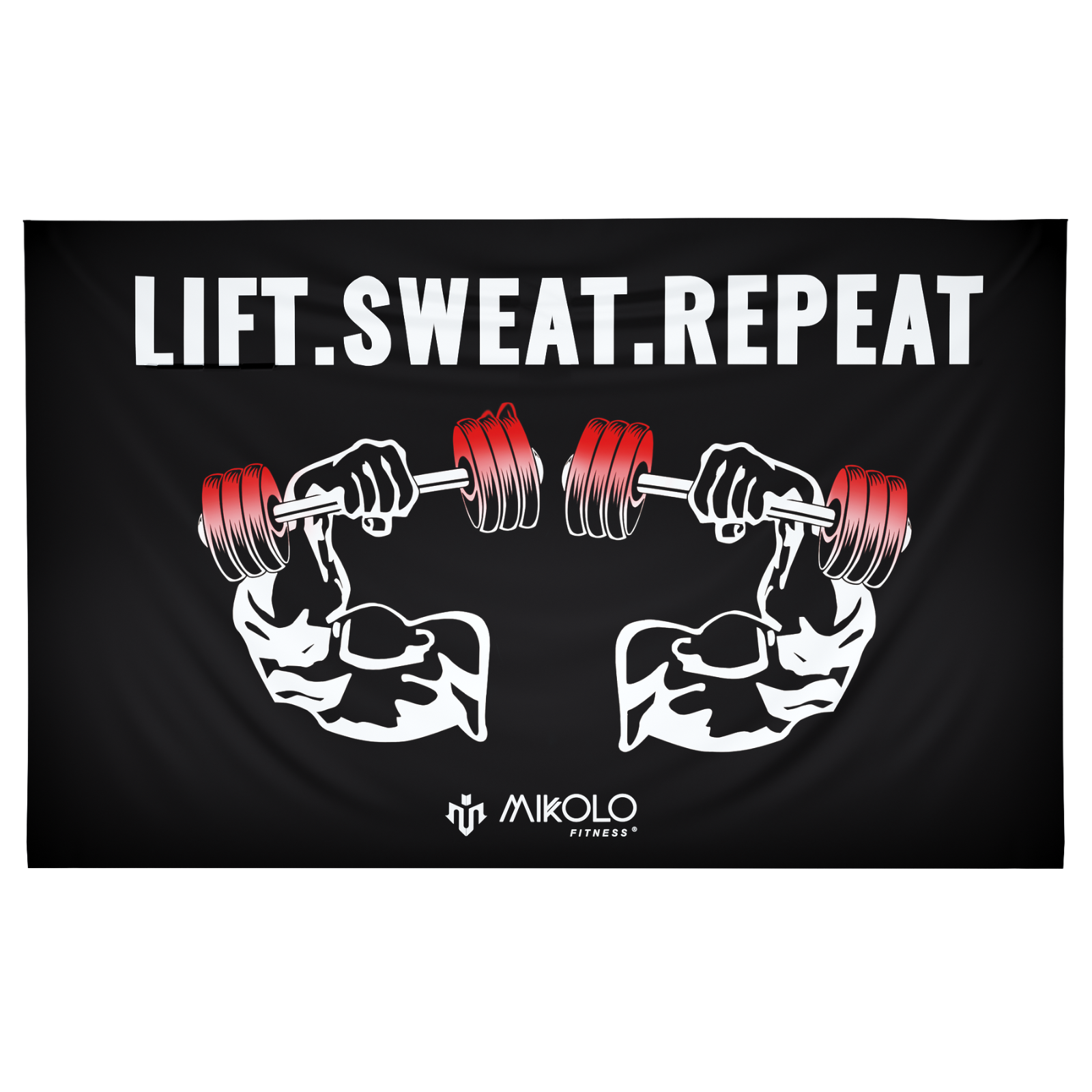
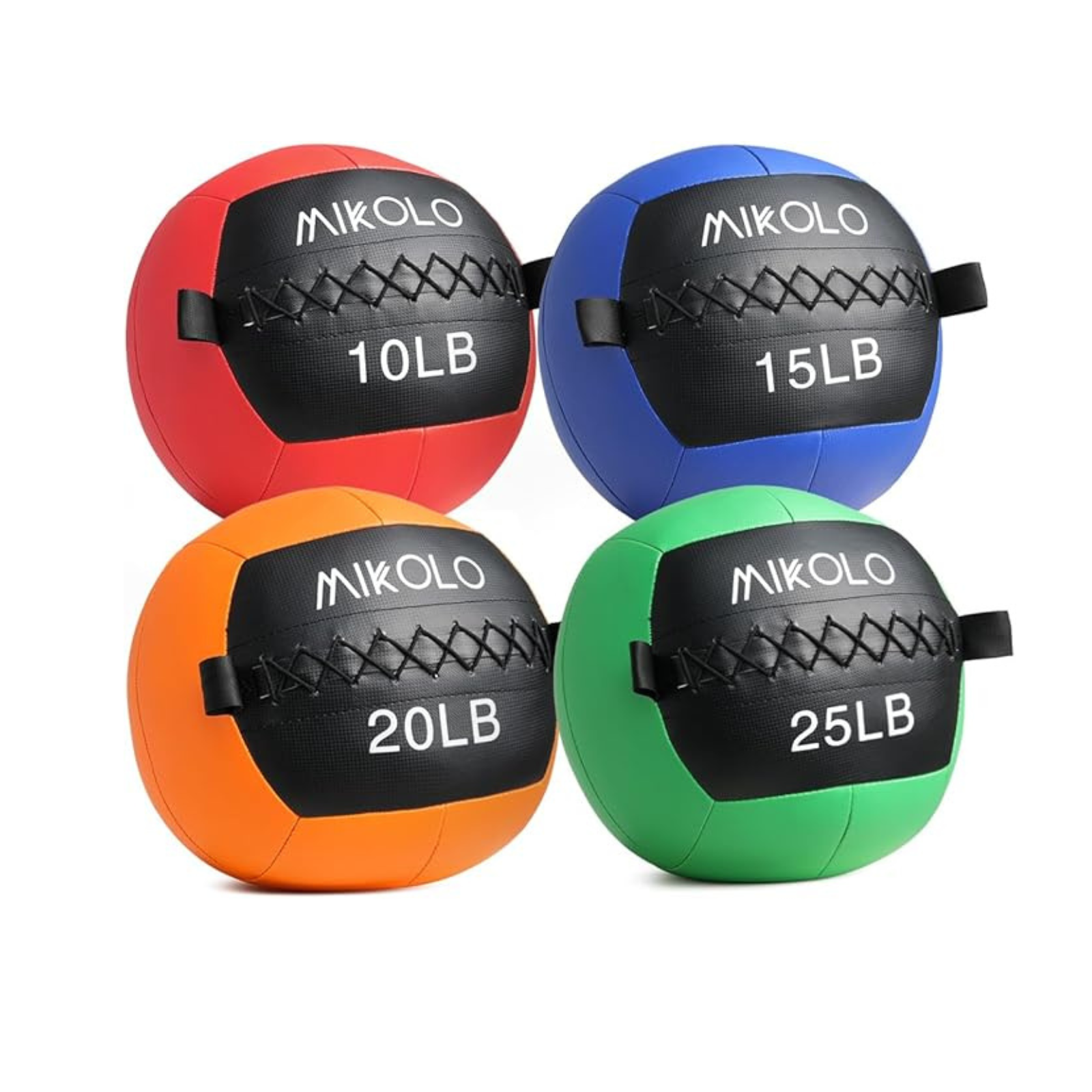
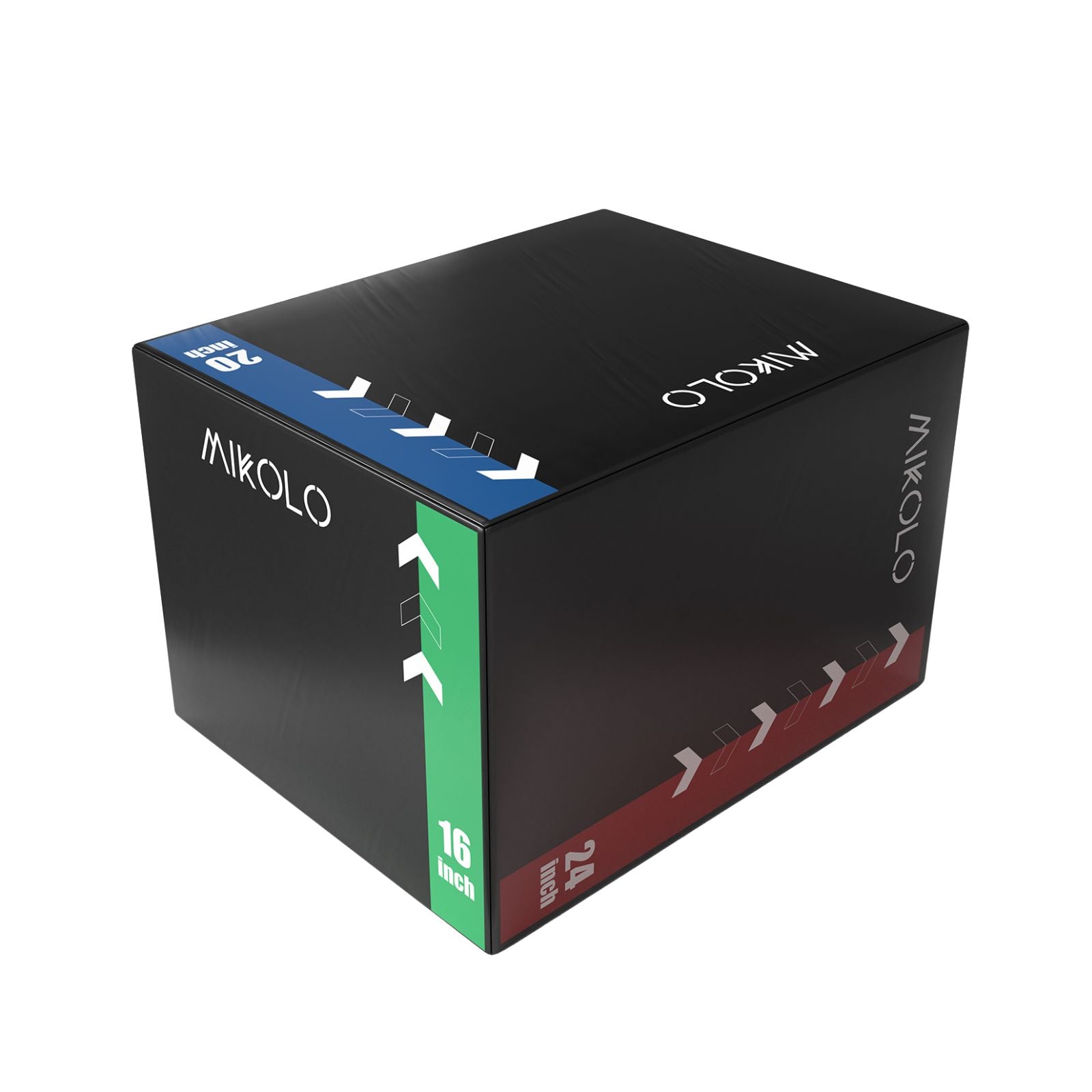

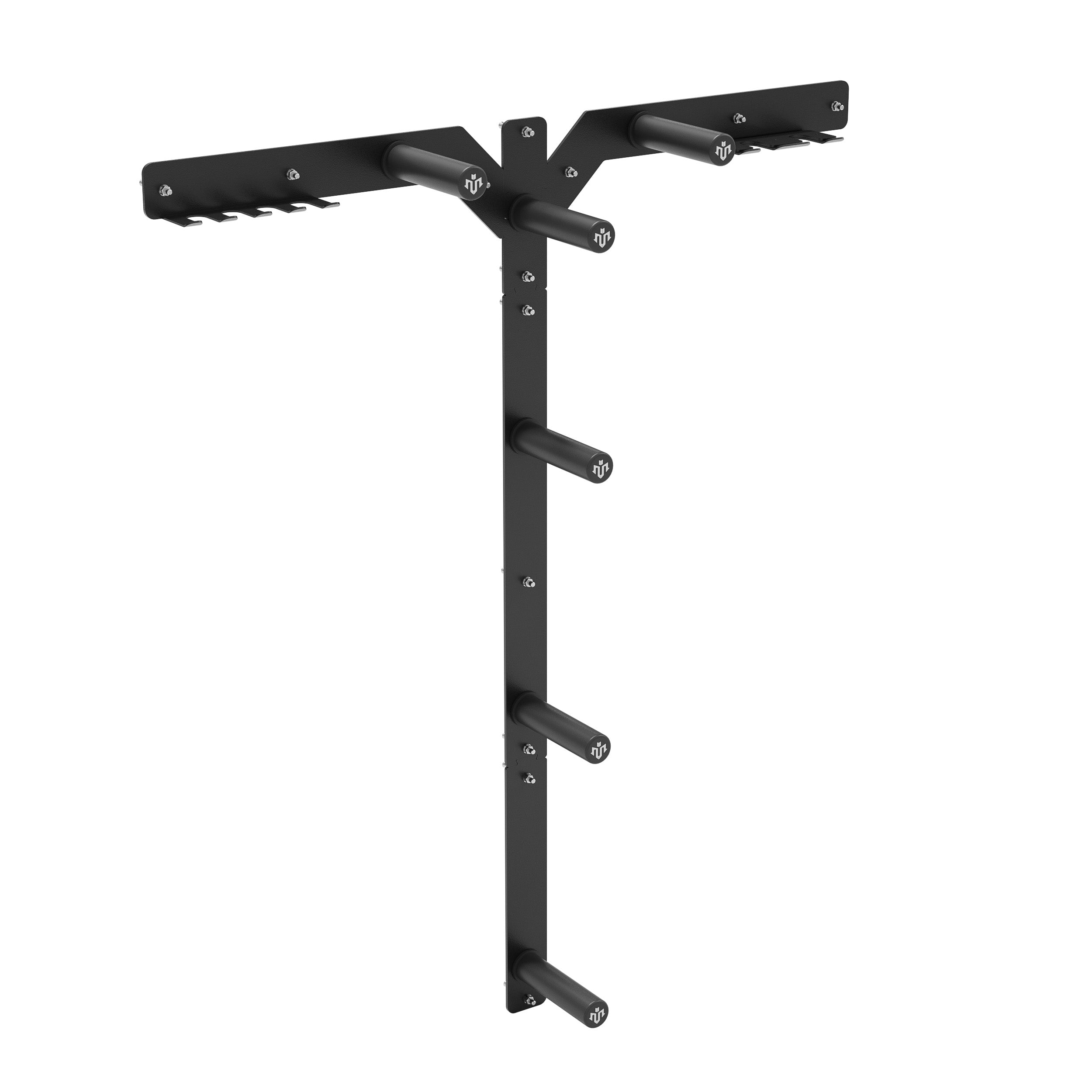




Leave a comment
This site is protected by hCaptcha and the hCaptcha Privacy Policy and Terms of Service apply.